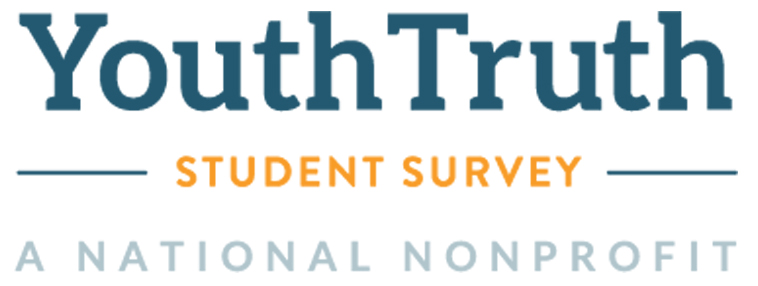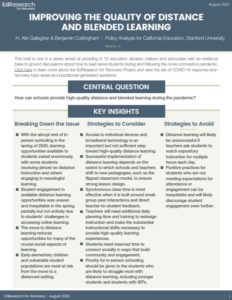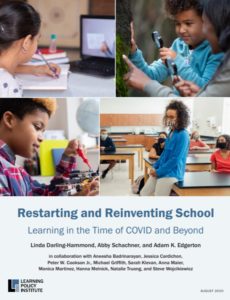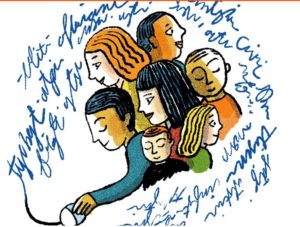This brief is one in a series aimed at providing K-12 education decision makers and advocates with an evidence base to ground discussions about how to best serve students during and following the novel coronavirus pandemic. Click here to learn more about the EdResearch for Recovery Project and view the set of COVID-19 response-andrecovery topic areas and practitioner-generated questions.
View the brief here.





